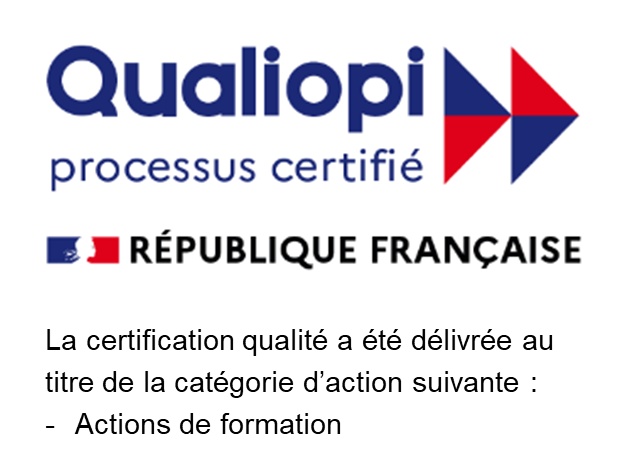Many organizations struggle with talent attraction and recognize the importance of supporting the family experience and overall well-being, but have trouble implementing the right types of services to truly support their employees.
We also know that the expat experience weighs heavily on the overall family experience with the quality of emotional connection that an entire expat family has during an expatriation, including the repatriation phase, being the most critical. This connection is shaped by a variety of factors including: interactions with the employer's GM department and their vendors, other expats families, communities, and locals; the fairness of GM policies; support customized to their needs; perceptions of ownership of their GM journey and being treated fairly.
The consequences of not prioritizing employee and family well-being can be costly and potentially detrimental to your talent pool. Whether you are just getting started or have already implemented policies in this area, you can gauge your organization’s progress utilizing a well-being scale.
As health and well-being have become more central to the debate of the future of work post Covid, we know that some of the components of international team cultural well-being include the right to bond, to be transparent and honest with each other, learn how to trust others, rely on people, respect each other, and understand your and your leader's management style. How well are you doing in this regard?
















